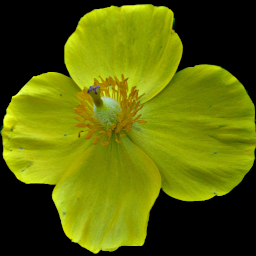 An elegant and beautiful smartweed. Its resemblance to its poor relations is obvious, but instead of a prostrate and insignificant dooryard weed, this one grows into a tall and beautiful fashion-model wildflower. It was growing where a parking lot backed up against the woods in a park in Beechview, where it was blooming in the middle of August.
An elegant and beautiful smartweed. Its resemblance to its poor relations is obvious, but instead of a prostrate and insignificant dooryard weed, this one grows into a tall and beautiful fashion-model wildflower. It was growing where a parking lot backed up against the woods in a park in Beechview, where it was blooming in the middle of August.
In older botanists, the genus Persicaria is included in Polygonum, making this plant Polygonum lapathifolium; but modern botanists seem to prefer Persicaria as a separate genus. We give Gray’s description of Polygonum, as well as his description of the section Persicaria and this species:
POLÝGONUM [Tourn ] L. KNOTWEED. Calyx 4-6 (mostly 5)-parted; the divisions often petal-like, all erect in fruit, withering or persistent. Stamens 3-9. Styles or stigmas 2 or 3; achene accordingly lenticular or 3-angular. Embryo placed in a groove on the outside of the albumen and curved halfway around it; the radicle and usually the cotyledons slender. Pedicels jointed. — Ours all herbaceous, with fibrous roots (except in P. viviparum), flowering through late summer and early autumn. (Name composed of poly-, many, and gonu, knee, from the numerous joints.)
PERSICÀRIA [Tourn.] L. Flowers in dense spikes, with small scarious bracts; leaves not jointed on the petiole; sheaths cylindrical, truncate, entire, naked or ciliate-fringed or margined; calyx colored, 5-parted, oppressed to the fruit; stamens 4-8; filaments filiform; cotyledons accumbent.
P. lapathifòlium L. Annual, branching, 0.0-2.4 in. high, glabrous or the peduncles obsoletely glandular; leaves lanceolate, attenuate upward from near the cunéate base and acuminate, somewhat scabrous with short appressed hairs on the midrib and margin ; sheaths and bracts rarely somewhat ciliolate; spikes slender (1-5 cm. long), somewhat panicled, dense, erect or nodding; flowers white or pale rose-color; stamens 6 ; achene ovate, rarely 2 mm. broad. (P. incarnatum of auth. and ? Ell., the latter merely a robust large-leaved form with long drooping spikes.) — Wet places, common and variable. (Eu.) Var. nodosum (Pers.) Weinmann is a stout form with strongly nodose stems spotted with red dots.







